Bush to name marine national monuments
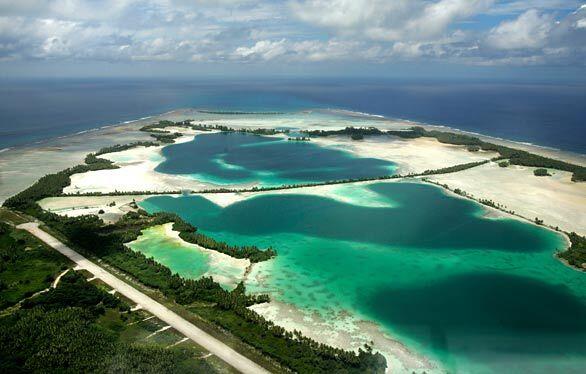
Palmyra Atoll, where an airstrip stands as a reminder of World War II, will be part of the Pacific Remote Islands National Monument, one of three national marine monuments being created by President Bush. (Rick Loomis / Los Angeles Times)
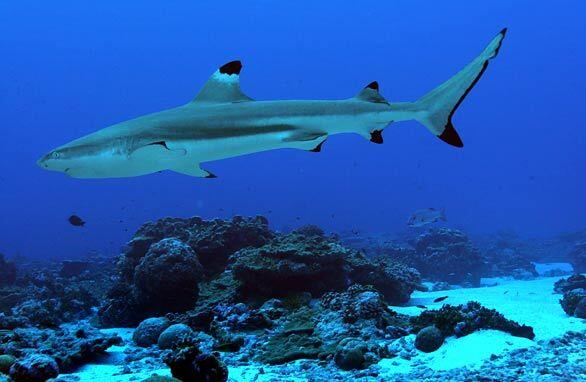
A blacktip reef shark swims off the Palmyra Atoll, a 4.6-square-mile atoll in the Pacific Ocean. Palmyra Atoll will be protected as part of a marine national monument. Three such monuments being designated by President Bush on Tuesday will span 195,000 square miles in the Pacific Ocean and protect some of the most ecologically rich areas of the world’s oceans. (Rick Loomis / Los Angeles Times)
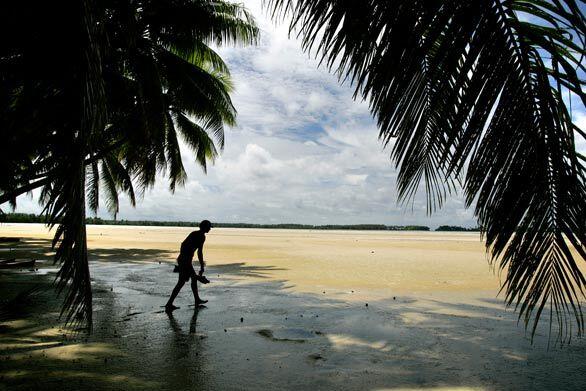
Palm trees dominate much of the landscape around Palmyra Atoll. The atolls, islands and reefs that will make up the Pacific Remote Islands National Monument are well known for their flourishing marine habitat. In addition to Palmyra Atoll, this monument will include Kingman Reef, which emerges only on low tides, and Johnston Atoll, which was the site of nuclear blasts. Howard, Baker, Jarvis and Wake islands also are included. (Rick Loomis / Los Angeles Times)
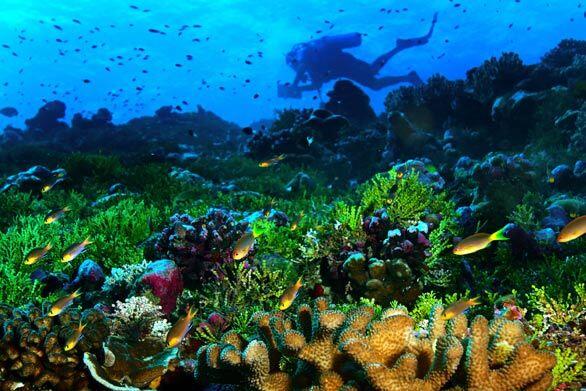
A researcher counts fish near a coral reef at Palmyra Atoll, south of the Hawaiian Islands. The monument designations will ban most commercial fishing and will vastly limit recreational fishing, or fishing by indigenous people or researchers. In all of the protected areas, seafloor mining will be prohibited (Rick Loomis / Los Angeles Times)
Advertisement
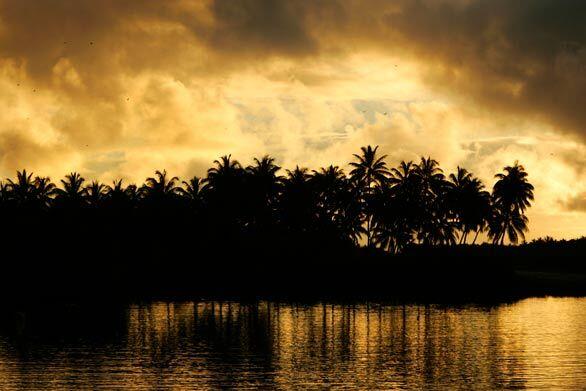
Palmyra Atoll is part of the marine national monuments being created by President Bush. The decision to make the designations under the Antiquities Act, coming just two weeks before Bush leaves office, means that he will have protected more square miles of ocean than any person in history. In 2006 Bush created the Papahanaumokuakea Marine National Monument in the Northwestern Hawaiian Islands, an area of 138,000 square miles. (Rick Loomis / Los Angeles Times)



